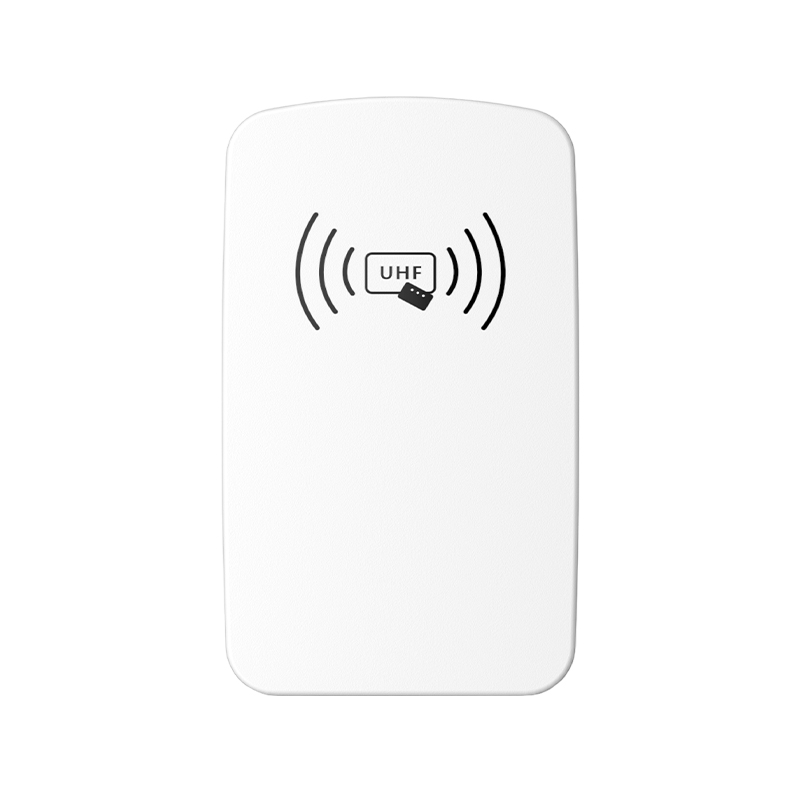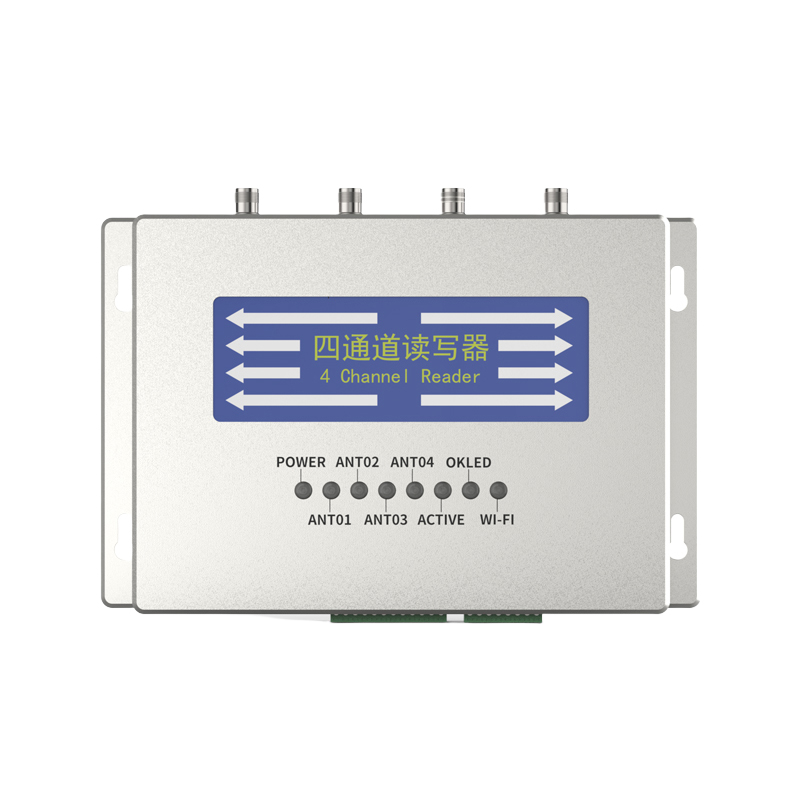System Introduction
1 Introduction
With the rapid development of the high-tech information industry and the emergence of globalized economic competition, improving production methods, increasing operational efficiency, reducing operating costs, and improving service quality have become top priorities for companies. Under current management models, distortion and delays in the transmission of asset change information can lead to inconsistencies between accounting records and actual assets, resulting in significant idle and wasted assets and seriously impacting the authenticity of financial reports. RFID technology, as a bridge between the physical world and existing IT systems, can effectively integrate daily asset management activities with asset management systems, achieving synchronization and consistency between physical and system information. Therefore, establishing an RFID-based asset management system for automated management has become possible.
Fixed assets, as a crucial component of corporate assets, contribute to enterprise value along with capital and intangible assets. The proportion of fixed assets in a company's total assets varies depending on the industry, ranging from 20% to 75%. As an integral component of enterprise management, fixed assets are characterized by their high value, long lifecycle, and dispersed locations. In practice, it's difficult to maintain a consistent correspondence between accounts, cards, and physical assets. This presents challenges in the use, supervision, modification, replacement, depreciation, inventory, and clearance of physical assets. However, these assets have a direct and significant impact on data reporting, asset structure analysis, asset valuation, and corporate IPOs and restructuring, and are of great practical significance to the rapid development of enterprises.
2 System Introduction
2.1 System Features
1. More Practical System Functionality
The fixed asset management system includes comprehensive information on asset additions, modifications, retirements, damage, depreciation, loans, returns, allocation to using departments, changes in using departments, managerial personnel settings, inter-departmental asset transfers, various report printing, and integrated querying. For each fixed asset, detailed information can be retrieved, from purchase, entry into the account, commissioning, using department, depreciation, and even retirement. Dynamic query functions ensure managers have comprehensive information immediately. Batch asset depreciation reduces repetitive work and ensures data accuracy. Automatic report preparation and printing is fast and accurate, saving significant time on manual report preparation. The fixed asset management system centralizes previously dispersed management information into a comprehensive management platform.
2. Advanced Management Methods
After the relevant data for each newly purchased asset is entered into the computer, the software writes this information onto an RFID tag. The RFID tag's content is user-configurable and includes information such as the fixed asset name, purchase date, and custodian (using department). Attaching different types of RFID tags to physical fixed assets not only clearly identifies the asset's using department, but also greatly facilitates inventory checks. Inventory personnel no longer need to record asset codes and check ledgers; they simply use a handheld reader to read the RFID tag on the fixed asset and compare asset information.
3. Efficient Data Transmission
The fixed asset management system not only allows local query of fixed asset status but also centrally manages user, permissions, nodes, computer rooms, and equipment information through the company's intranet, providing high security.
4. Unique Permission Management
The fixed asset management system fully considers the different responsibilities of each operator and assigns corresponding operating permissions to each operator. User identification and password verification ensure that each operator can perform limited operations within their responsibilities. This ensures the stability of the system while also providing flexibility to enhance adaptability.
2.2 System Advantages
1. Improved work efficiency (asset data statistics, asset information query)
2. Reduced query and registration costs
3. Reduced management information errors
4. Prevented asset loss
5. Facilitated classification and organization of asset information







